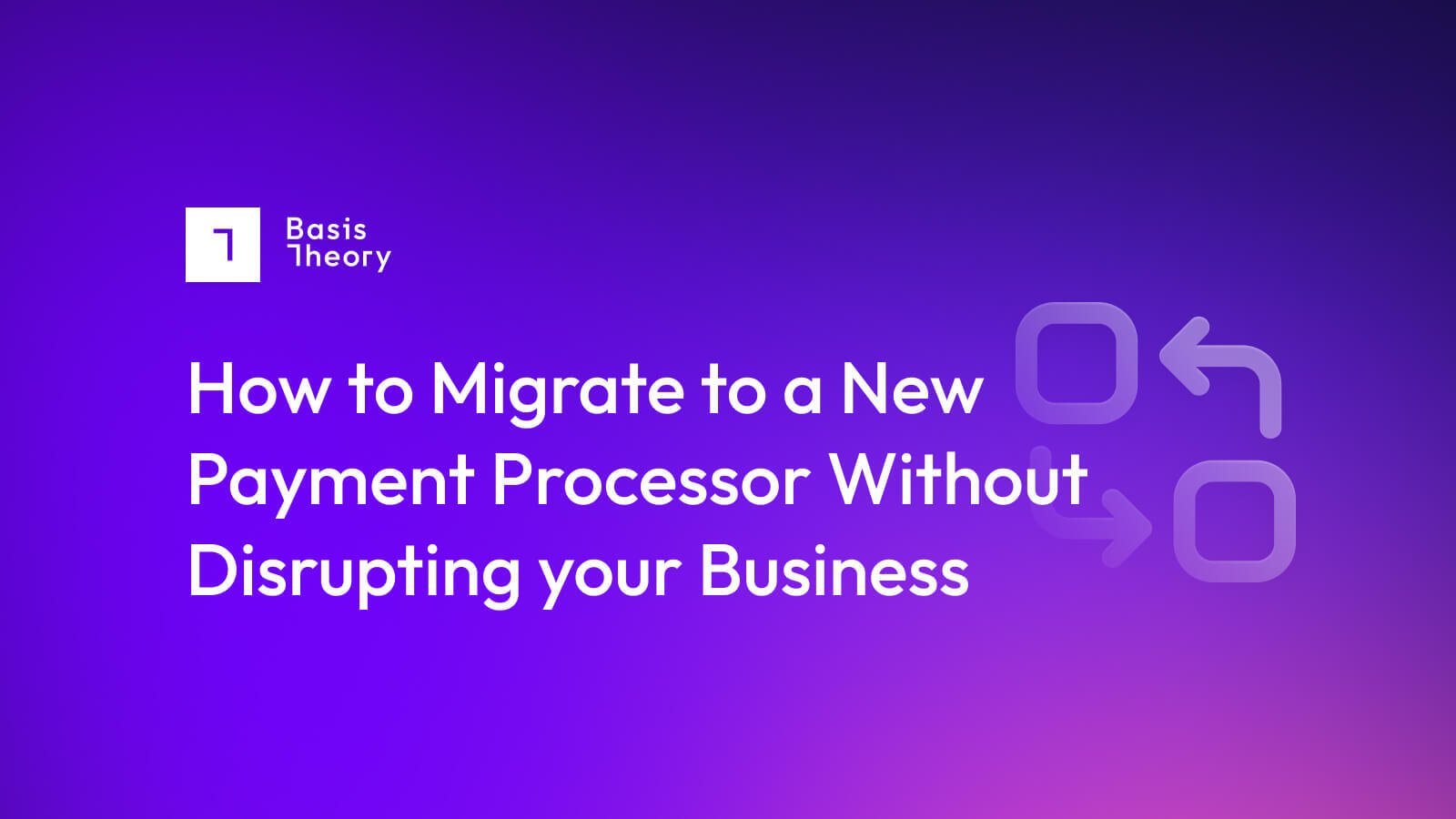Implementing a Second Payment Processor: Considerations

Delivering great service is at the heart of every successful merchant’s business plan - because happy customers become repeat customers, and repeat customers become free references. A critical step in the relationship between buyer and seller is the exchange of money for products or services, and a failure at this can be the difference between exponential growth and tough scaling challenges. Many merchants who started their business with a single, full-service payment service provider (PSP) are finding that they can deliver a better experience, at lower cost, albeit with some extra headaches, by adding a second payment processor. While the benefits trump the downsides more often than not, it behooves every merchant to be aware of the tradeoffs before committing to the strategy.
Why Add a Second Payment Processor
PSPs act as middlemen between merchants and the rest of the payment ecosystem - they are considered a necessary and valuable element of the environment because they help merchants all offer digital payments while reducing to a trickle the amount of support that financial institutions have to provide. By the same token, merchants have often found it easier to commit to a single provider in order to reduce the amount of resources and investment necessary to stand up their payment systems quickly.
As with all business processes, however, having a single point of failure can come back to deliver all sorts of nasty surprises. Merchants have found, over the years, that a single PSP model can result in challenges like
- Downtime: when a merchant has just one PSP, when that partner suffers downtime, so does the merchant, hurting revenue as well as customer experience
- High fees: when you have no alternative, you have no leverage, and those simple, predictable, consistent full-service PSP fees can turn out to be quite expensive
- Tricky and shifting rules: full-service PSPs generally lend access to their own merchant account to help their customers do business. While this cuts out a ton of paperwork, the reality is that the PSP is managing its own business - and when unexpected things happen (e.g., an unusual run of chargebacks), the PSP can opt to pause or even sever the business relationship with limited notice
What Causes Merchants to Implement a Second Payment Processor
While it is tempting to imagine some kind of existential threat at the heart of a merchant's decision, the truth is almost always more pedestrian. Merchants start to consider adding a second payment processor in response to business events like
- Geographical expansion: processing payments in a different country comes with its own special set of challenges, from effectively offering locally-preferred payment methods to paying expensive cross-border fees and managing currency exchanges.
- Sub-optimal close rates: at the launch of a business, the amount of transactions that are declined often seems to be little more than a statistic. As time passes, however, businesses may discover that they are below average, and realize that offering different payment methods, currencies, languages, even personalized user experiences, can make the difference.
- Excessive processing fees: in the early going, the predictability of a flat transaction fee schedule is a big plus. However, over time merchants discover that there is a very real possibility of reducing the impact of processing fees by orchestrating the payment process to direct each transaction to the lowest cost provider.
What are the risks of adding a second payment processor
The opportunity to improve the customer experience, grow close rates, and reduce processing fees, seems like a no-brainer - but it does come with some challenges. Like anything else within the operation, more complexity means more work, so businesses do need to be sure that the effort is going to deliver return on investment. Some specific risks to be considered are
- Additional maintenance: automating the payment system to deliver transactions to the right payment processor takes work - not only to create, but then to tweak along the way to ensure that new data (e.g., a new processor, or updated fee schedules) is taken into account
- Fee management: while with a single payment processor, all fees were associated with a single schedule and were relatively simple to manage and track. With multiple processors, the finance team will need to update their processes for forecasting both revenue and the cost to process - even though the cost number should in principle be lower.
- Regulatory compliance: when using a second payment processor, merchants will need to have control over the customer’s payment data in order to submit it to the preferred partner. If this data is stored within the merchant’s own payment system, that will bring the system into PCI-DSS scope, potentially adding significant cost and resource needs to the business.
How to Simplify Implementing a Second Payment Processor
Many merchants have found that a valuable addition to their system when implementing a second payment processor is a fully programmable payment vault, such as the one offered by Basis Theory. Using such a token vault enables merchants to
- Acquire control of, and access to, customer cardholder data without bringing it into their own systems, which therefore helps avoid bringing systems into PCI-DSS scope. Because the token vault secures the cardholder data in motion and at rest, and provides the merchant with an undecryptable token, customer data is kept secure, while the merchant’s system never holds clear text, and is not at risk of being breached and leaking data.
- Build integrations to a functionally infinite number of providers, using simple functions and capabilities that are vendor provided, rather than constantly having to build and maintain unique, PSP-specific connectors
- Add, remove, and update relationships with PSPs around the world, based on the needs of the merchant business, and the terms of the PSP.
Implementing a Second Payment Processor is a Net Positive
While there are certainly downsides to adding a second - and a third, and so forth! - payment processor to a merchant’s payment system, the net-outcome, when built carefully, is likely to be hugely valuable. The ROI for switching to a multiprocessor environment as revenues grow is significant. Merchants considering the switch should additionally read up on programmable payment vaults, which reduce the complexity and risk of operations, while expanding the universe of possible payment partners.
.png?width=365&height=122&name=BTLogo%20(1).png)



